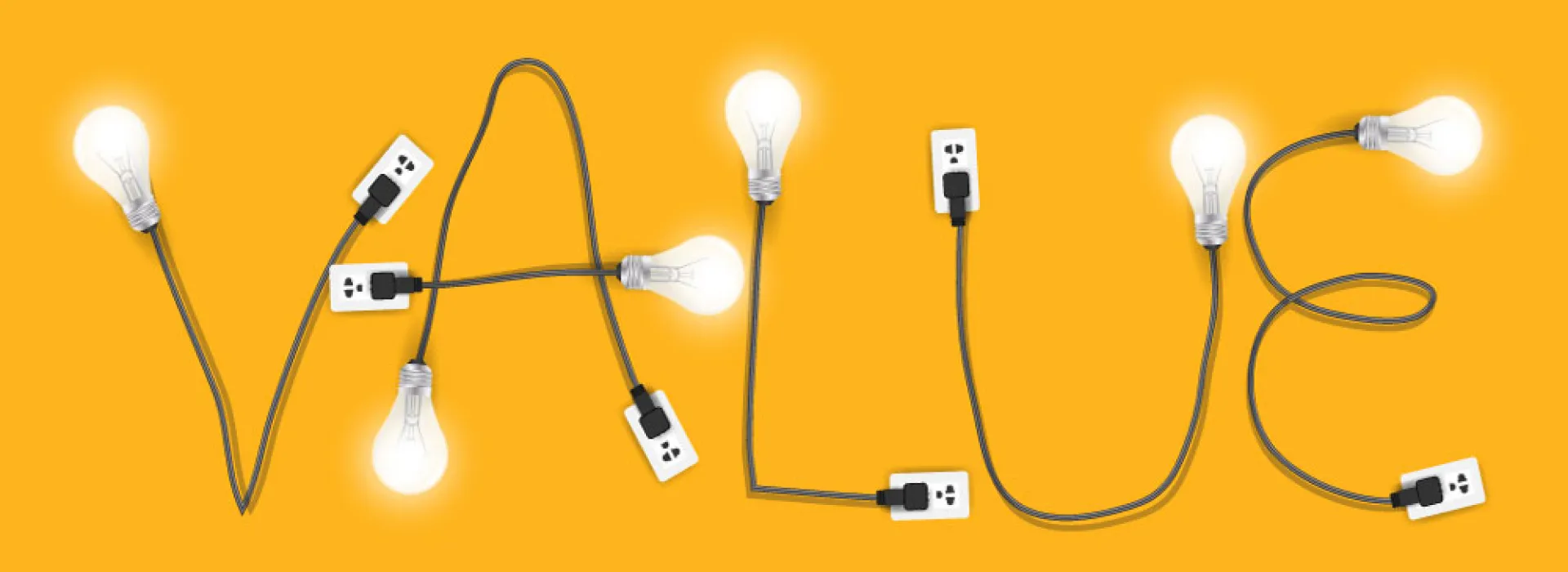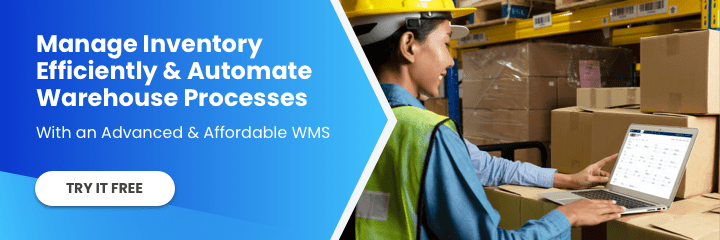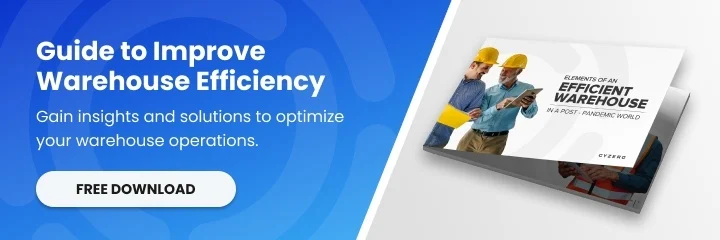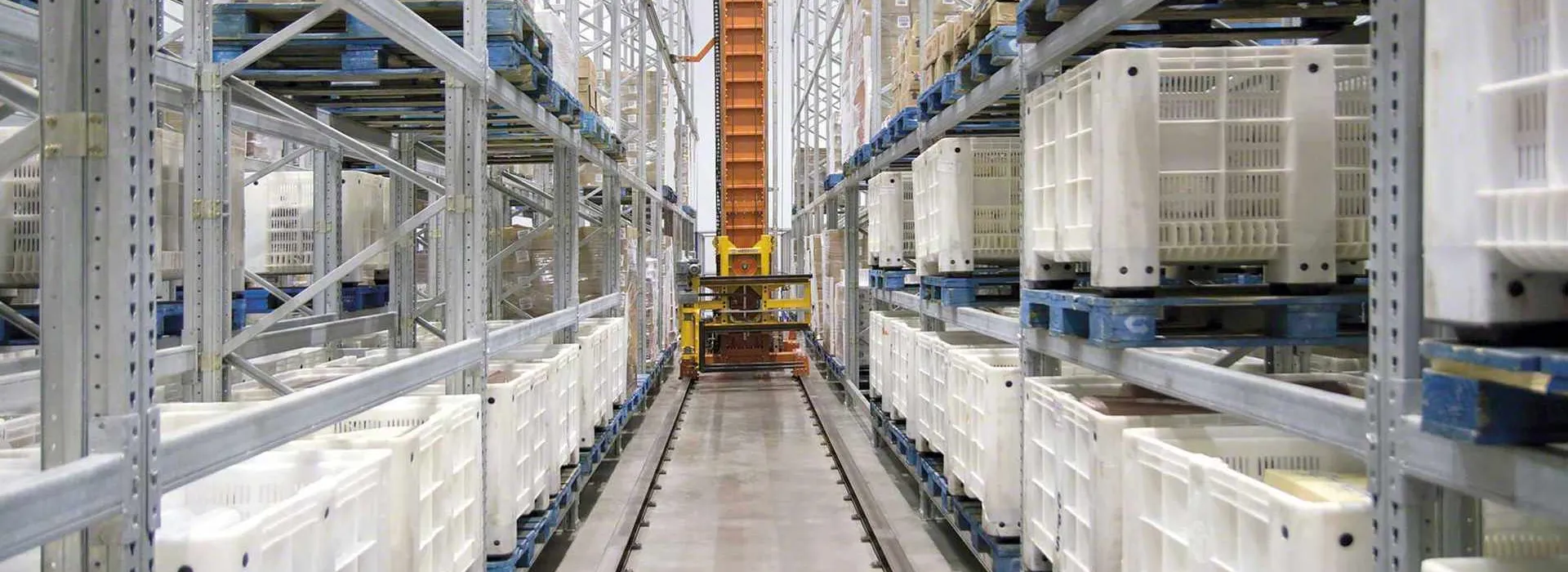Technology is a big part of business no matter what industry you’re in, but especially for logistics and supply chain management. So, when technology issues occur, it’s hard not to get overwhelmed and think of technology as just another expense ticking away at your profits.
This is where I want to challenge you…
What if you thought of technology, not as an expense, but as an investment? The goal of this blog series is to provide a roadmap for decision makers to:
- Correct all the technical problems creeping through their organization
- Move technology from expense to investment – get Return on Investment (ROI).
Free Guide: 7 Technologies That Will Change the Warehouse
Technology & Business: A Strategic Alignment
After many years working in technology I’ve come to realize that when businesses see a low ROI on technology it’s because they haven’t been able to interconnect their business goals with their technology investments.
Before starting to invest in technology, sit down with your team and lay down a vision for where you want to take your logistics information systems. To do this write 2 lists: Back to Even and Exceeding Even.
Back to Even is intended to identify technological issues affecting employees’ productivity and interfering with business operations.
Have an honest meeting with your team where each person exposes technology problems affecting their work. The content of this list will serve as the elements that should be satisfied for your business to run without problems.
Remember Maslow’s hierarchy of needs? Below is Technology’s Hierarchy of Needs. The “Back to Even” list could be compared to the physiological needs that humans need fulfilled to survive.
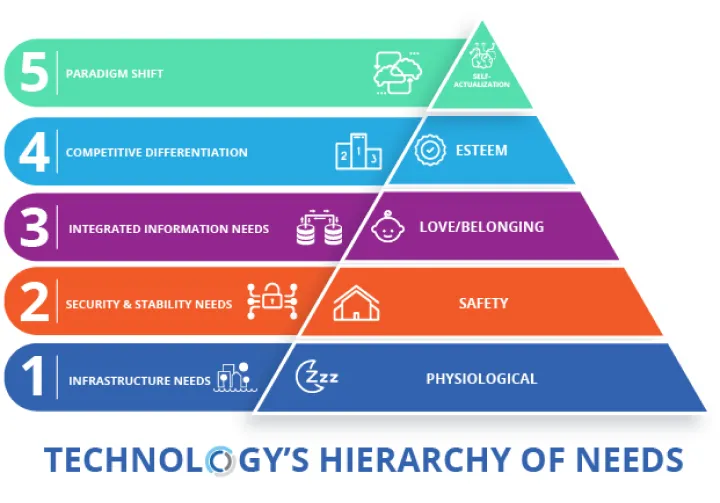
The next list is Exceeding Even. This list can be compared to the “esteem” level of the hierarchy of needs. To produce this list, think about any innovative logistics technology solutions that could:
- Increase efficiency through process automation
- Add value to customers through services and solutions
For example, if you know the most inefficient part of your business is your warehouse you might want to look into where in your warehouse technology can help, then later you can search for solutions to solve the problem.
First, you’ll need to do some research into where the industry is going in terms of technology, your customers’ needs, and what your competitors are doing.
Once you have these two lists you will have a strategic technology roadmap that will connect your business goals to your technology needs.
Technology Needs: From Expense to Investment
A lot of decision makers disregard technology, they see it as a necessary evil and not as an inherently important business component. On the other hand, tech professionals fail to understand how to strategically align technology with business needs. This view of technology as an expense occurs when technology is seen in a vacuum, both the business leaders and the technology professionals need to work together to make sure they get the most out of technology.
Take technology from expense to investment in 4 steps:
- Evaluate a variety of logistics technology solutions
- Map each solution’s potential contribution based on business needs
- Validate each option using financial analysis that includes at least
ROI (Return on Investment) and TCO (Total Cost of Ownership) - Create an annual technology budget
Step 4 might just be the most important. Technology is evolving and needs to be properly managed if we expect returns. If the business can’t afford implementing the vision in one year, create a multiyear budget to execute the vision and keep it running without problems.
Technological Evolution and Lifecycle
Technology is sometimes overwhelming. But business owners should not be worrying about the nuts and bolts of how each single piece of technology works. Instead, just be very well aware of 2 very important concepts – Technological Evolution and Technology Adoption Lifecycle.
The Evolution of Technology
This concept is pretty simple. Technology is changing – and it is changing fast. This means that there are always new opportunities to lead your business to greater heights.
To put it in perspective just imagine this – your smartphone today is more powerful than all NASA’s combined computing power in 1969.
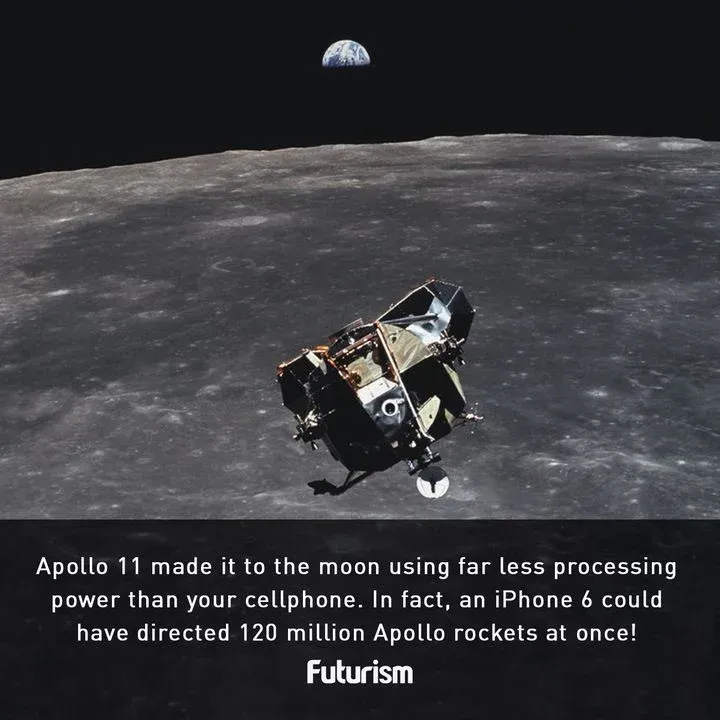
Technology Adoption Lifecycle
Like investing in the stock market, technology is about buying the right stuff at the right time – especially if you plan to use technology to give your business a competitive advantage.
The innovation adoption curve concept serves as a model to maximize business opportunities and technological investment. It exposes the lifecycle at which products and solutions are adopted by the market.
Like a good stock investor, the key is to find a relatively new and undervalued opportunity that everyone else is ignoring or have yet to discover (i.e. buying low and selling high). The same can be applied to investing in logistics technology solutions.
The key is to find technology that is not yet mainstream and adopting it early, so by the time others catch on you’ll have taken the market and customers from your competitors – then, the time comes to change or adopt new solutions. And the cycle repeats.
On the Innovation Adoption Curve you want to be an innovator, early adopter or an early majority adopter.
- Innovators (2.5%) are risks takers who have the resources and willingness to try new things – even if they fail.
- Early Adopters (13.5) are selective about which technologies they are willing to start using. They are the ones eager to try new things and reduce others’ uncertainty about trying/adopting a new technology.
- Early Majority (34%) take their time before adopting a new technology. This group is willing to embrace new solutions as long as they understand how it fits within their business
- Late Majority (34%) adopt technologies in reaction to market, peer pressures, standards, or economic necessity. For this group, most of the uncertainty must be resolved prior to adoption.
- Laggards (16%) are old-fashioned and make decisions based on past experience and solutions that they are familiar with. These are often economically unable to take risks on new ideas.
Technology plays a critical role in defining conflicts, finding cures, and moving millions of people out of poverty. Technology can have the same effect in your business if properly aligned, adopted, and managed. Those that at least entertain and consider these points will undoubtedly have an advantage over those that play it by ear – or plainly ignore it.
For more information about warehouse technology trends, you can follow us on LinkedIn, YouTube, X, or Facebook. If you have other inquiries or suggestions, please contact us here. We’ll be happy to hear from you.
